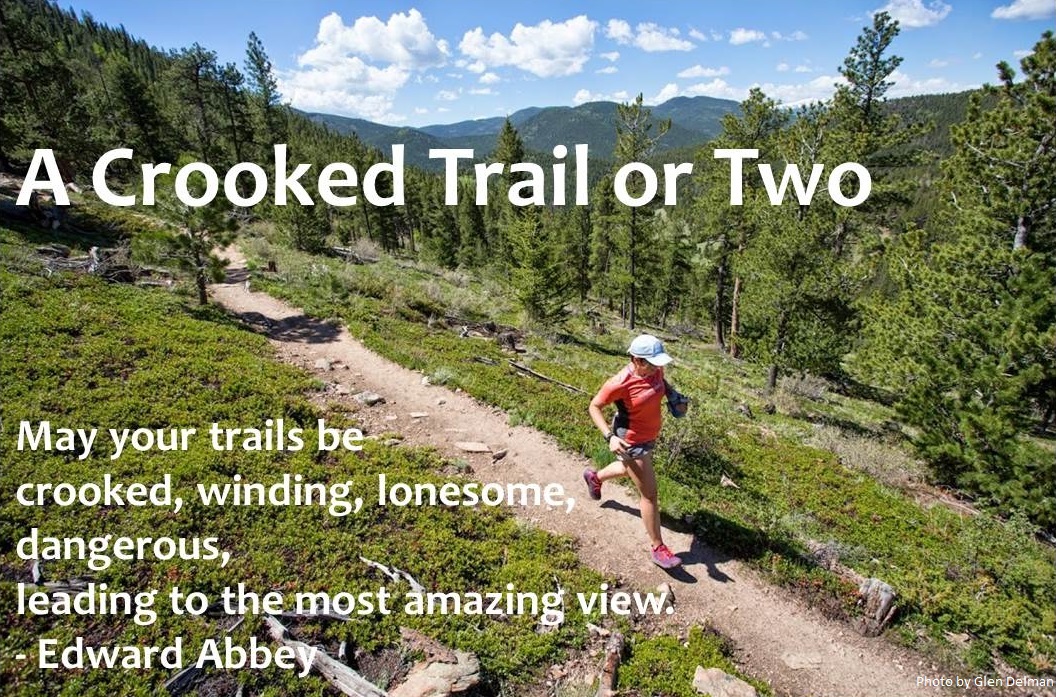Running with Jack Daniels
So I'm sure some of you, having read the title of this post, are now frantically scanning down to the part where I describe running down a trail with a bottle of Tennessee whiskey.
Well, sorry to disappoint, but I'm referring to a different Jack Daniels: the acclaimed running coach who wrote Daniels' Running Formula, a method for structuring a workout plan to improve your running performance at a variety of distances.
I'm a pretty consistent runner -- I get in my 40-50 miles a week in 4 or 5 runs, some fast, some slow -- but my performance has been at a plateau for the past six months or so. I had a vague sense of what each workout should achieve -- long runs improving endurance and hilly runs improving leg strength -- but other than taking long runs "slower" and shorter runs "faster," I was never sure exactly how fast or slow I should move in order to get good results.
Enter Coach Daniels, and his running formula.
After years spent studying runners at a variety of performance levels (including Olympians and world-record holders) Daniels has calculated a table of performance levels he refers to as "VDOT," which roughly corresponds to a runner's VO2 max (the amount of oxygen an athlete can consume when exercising at maximum capacity). You can figure your VDOT by taking a recent race time and consulting a chart in the book (or use one of many VDOT calculators available online). Once you know your VDOT, you can consult another set of tables to determine proper training pace for easy runs, marathons, tempo runs, interval training, and speed workouts.
Your VDOT may surprise you. Mine turned out to be a 39 -- meaning that my target training pace for "easy" runs is 10:23/mile; "marathon" pace is 8:57/mile; and "tempo run" pace is 8:22/mile -- all of which seemed too fast to me. I've tended to do my long easy weekend run averaging an 11-to-12-minute mile pace, depending on how mountainous or technical the trail is, and my shorter "faster" runs during the week were usually around a 9:00/mile pace. But I decided to give these faster times a try, stick to Daniels' plan for two weeks, and see what happened.
What happened was pretty amazing, actually.
Somehow, just knowing that Daniels had calculated I was capable of a quicker training pace gave me the confidence I needed to "ratchet up" the speed, and I actually found myself having fun with the tempo run, maintaining the "comfortably hard" pace he'd recommended. The real revelation came with my weekly long run. Keeping on Daniels' suggested pace, I was able to complete 17 miles feeling pleasantly tired but invigorated.
It sounds sort of strange, but I think all this time I've been holding myself back on my long runs out of fear that if I ran too fast, I wouldn't be able to cover the miles. A certain amount of caution is a good thing, of course -- starting out too fast can cause trouble, especially in an ultra -- but if you never push the pace, you never learn what you're truly capable of.
Daniels' book is packed with information, and although it initially seems overwhelming, I urge anyone interested in using the Formula to put in the time and read the chapters that explain how and why different kinds of workouts strengthen you as a runner. You should understand, at the beginning of each workout, exactly what that workout is trying to achieve.
I cannot recommend this training system highly enough. After only a few weeks, I already feel stronger and faster -- but more importantly, I am once again making progress as a runner, which makes every run that much more fun.
See you on the trail!

